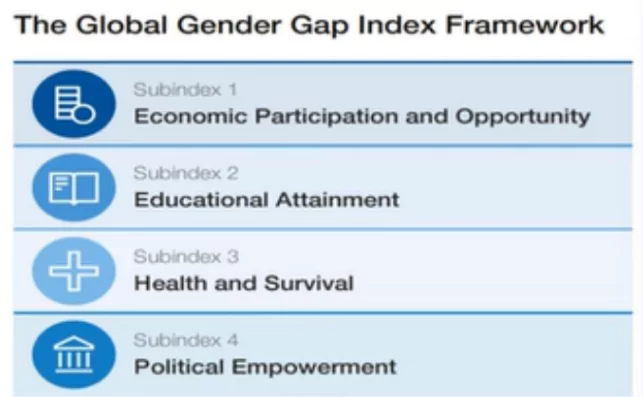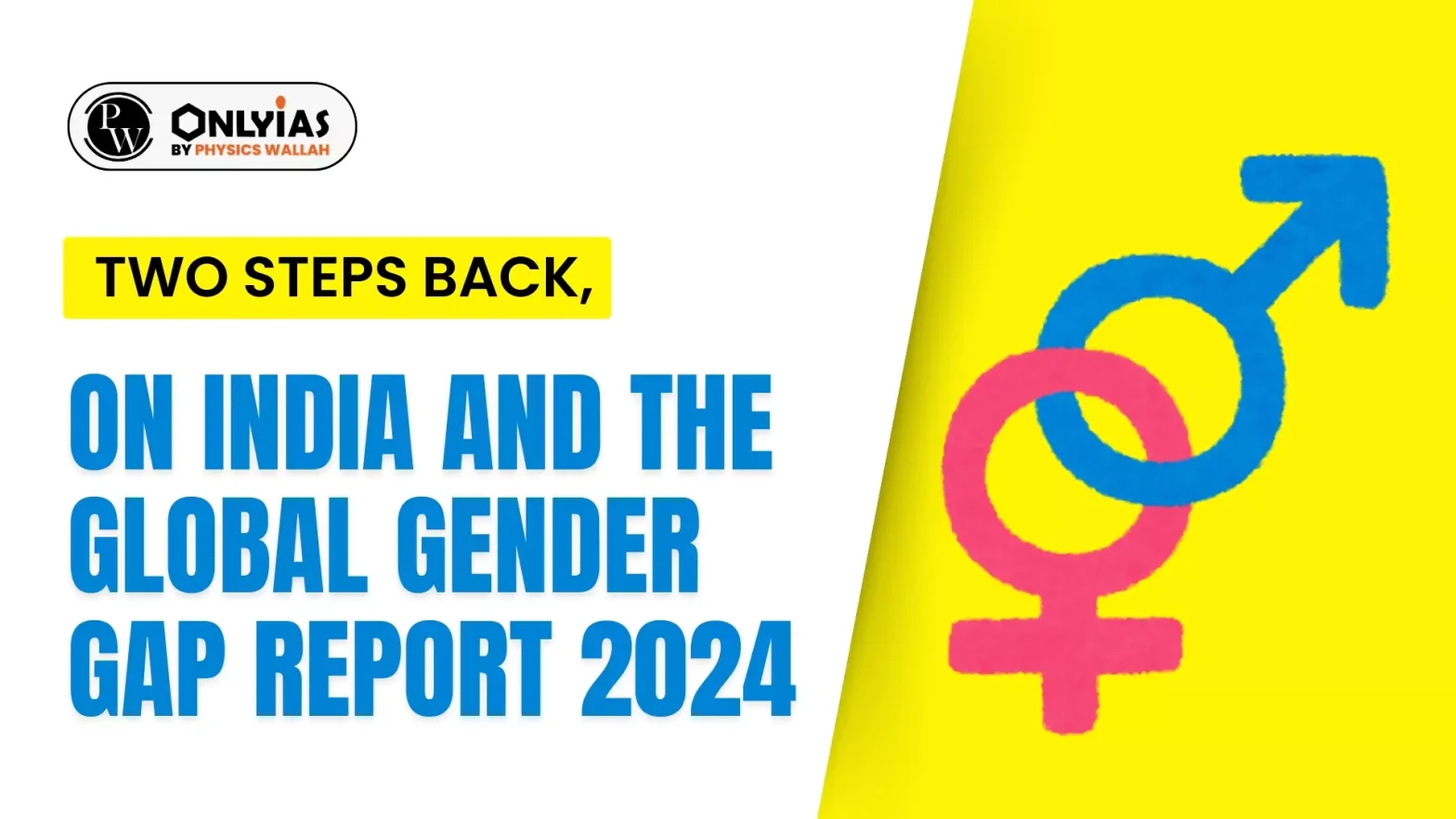Gender parity may be climbing upwards worldwide with the global gender gap standing at 68.5% closed in 2024, but the glacial pace of change – it was 68.4% in 2023- is a grim statistic.
India And The Global Gender Gap Report 2024
At this rate, it will take 134 years to reach full parity, the Global Gender Gap report releasec by the World Economic Forum (WEF) last week pointed out, “roughly five generations beyond the 2030 Sustainable Development Goal (SDG) target”.

- Iceland maintains its number 1 rank (93.5%), and is also the only economy to have closed over 90% of its gender gap.
- India has slipped two places to 129 out of 146 countries.
- Last year, it was ranked 127, after having jumped eight places from 135 in 2022.
- India has closed 64.1% of its gender gap in 2024, the report noted, leaving policy-makers with a huge window of opportunity to do better.
- The “slight regression,” according to the report, is mainly due to “small declines” in the spheres of education and political empowerment.
- With a population of over 140 crore, even two steps back mean staggering numbers.
- Though India, it pointed out, had shown a slight improvement in economic participation and opportunity for the last few years, it would need 6.2 percentage points more to match its 2012 score of 46%.
- One way of achieving the objective will be through bridging gender gaps in, say, the labour force participation rate (45.9%).
- To do that, a slew of measures must be in place, from ensuring that girls do not drop out of higher education, providing them job skills, ensuring safety at the workplace, and helping them keep a job after marriage by sharing responsibility for chores at home.
- In education, the gap between men and women’s literacy rate is 17.2 percentage points wide, leaving India ranked 124th on this indicator.
- India has fared better in the political empowerment index, but women’s representation in Parliament continues to be low.
- For confirmation, look no further than the newly elected Lok Sabha.
- Close to 800 women contestants were in the fray, but the number of women Members of Parliament has dipped to 74 from 78 (2019) of 543 members, which is 13.6% of the total.
- These numbers are not a good sign in the backdrop of the Women’s Reservation Bill, 2023, yet to come into effect, which aims to reserve one- third of the seats in the Lok Sabha and State legislative Assemblies for women.
Enroll now for UPSC Online Course
Conclusion
All under-performing countries, including India, must heed WEF Managing Director Saadia Zahidi’s words, calling for “Governments to strengthen the framework conditions needed for business and civil society to work together to make gender parity an economic imperative”.
![]() 17 Jun 2024
17 Jun 2024


